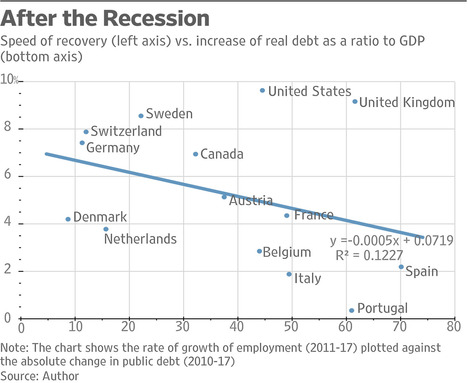(p. A1) SHANGHAI–Fifteen years ago in California, a tall technology geek named Steve Mushero started writing a book that predicted the American dream might soon “be found only in China.” Before long, Mr. Mushero moved himself to Shanghai and launched a firm that Amazon.com Inc. and Alibaba Group Holding Ltd. certified as a partner to serve the world’s biggest internet market.
These days, the tech pioneer has hit a wall. He’s heading back to Silicon Valley where he sees deeper demand for his know-how in cloud computing. “The future’s not here,” said the 52-year-old.
For years, American entrepreneurs saw a place in which they would start tech businesses, build restaurant chains and manage factories, making potentially vast sums in an exciting, newly dynamic economy. Many mastered Mandarin, hired and trained thousands in China, bought houses, met their spouses and raised bilingual children.
Now disillusion has set in, fed by soaring costs, creeping taxation, tightening political control and capricious regulation that makes it ever tougher to maneuver the market and fend off new domestic competitors. All these signal to expat business owners their best days were in the past.
The Trump administration is making a hard-nosed challenge to China using trade tariffs, in-(p. A12)vestment controls and prosecution of technology thieves, and many in American business are cheering, if silently, having soured on the market after years of trying.
. . .
From Silicon Valley in 2003, Mr. Mushero felt China’s rumblings and started writing his book, “Off-Shoring the Middle Class.” He saw U.S. companies save money by shifting accounting, X-ray evaluations and other technical jobs overseas. China, he thought, was becoming globalization’s “one-stop-shop” for manufacturing, basic tech work and advanced research.
He predicted a broad shift to China of not only factory work, but U.S. white collar jobs, too.
. . .
At a Starbucks in mid-2008, he sketched out “a napkin business plan” for a new company called ChinaNetCloud (Shanghai) Co. with Mr. Eron. China was overtaking the U.S. as the biggest internet market, and the partners would trail-blaze into cloud services by managing the online operations of local businesses.
. . .
Tougher regulations and competition deterred foreign players. China’s reputation for technology theft kept many out of the market, which reduced the number of Mr. Mushero’s potential clients. In 2013, the American Chamber of Commerce said only 10% of its members trusted data security enough to consider cloud services in China.
Walt Disney Co. tapped ChinaNetCloud to manage the computers hosting some interactive games in 2012, including one based on its hit movie “Frozen.” Mr. Mushero looked forward to more work with the U.S. entertainment giant, but Disney scrubbed the gaming push in mid-2014. Disney declined to comment. Online gaming in China is dominated by big domestic tech companies; it is derided by regulators as chaotic and harmful and hit regularly with new rules.
. . .
On a recent drizzly afternoon, flanked by framed commendations from Amazon and Microsoft for his firm’s achievements in China, Mr. Mushero said that after New Year’s he will head back to California, where he sees burgeoning demand for corporate online services, to market the company’s cloud-management tools.
For the full story, see:
James T. Areddy. “American Entrepreneurs in China Are Heading Home, Disillusioned.” The Wall Street Journal (Saturday, Dec. 8, 2018): A1 & A12.
(Note: ellipses added.)
(Note: the online version of the story has the date Dec. 7, 2018, and has the title “American Entrepreneurs Who Flocked to China Are Heading Home, Disillusioned.”)


